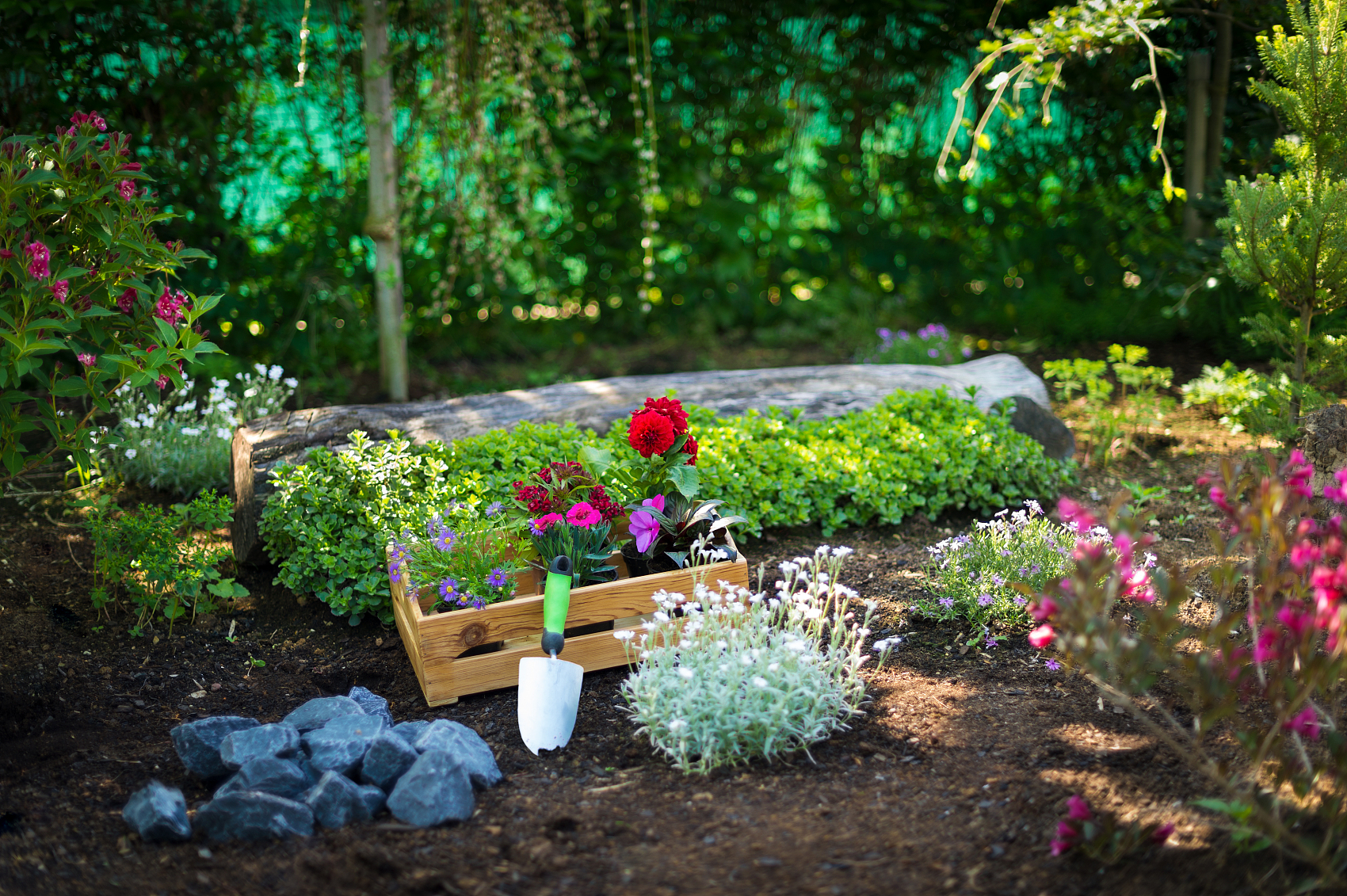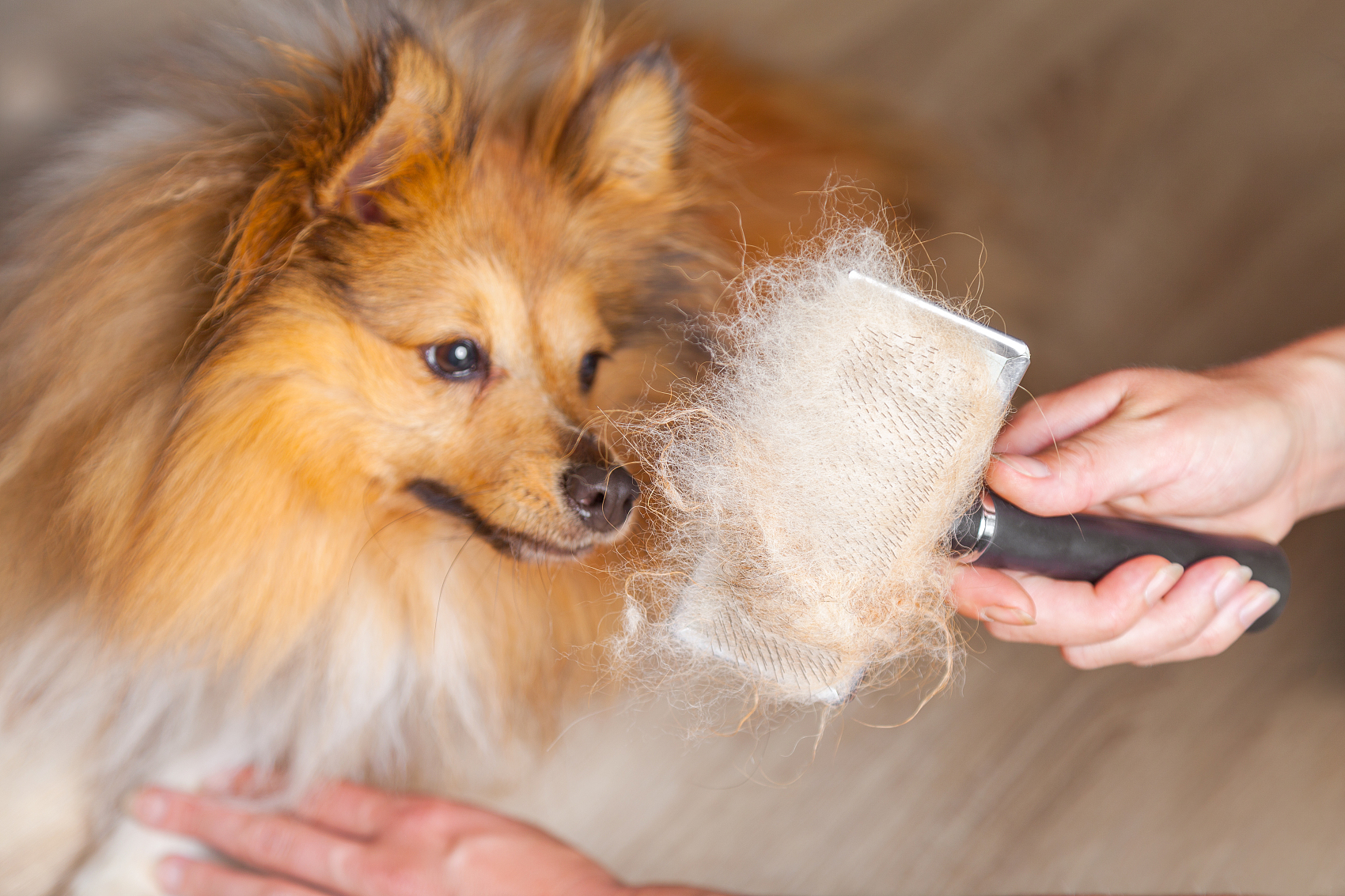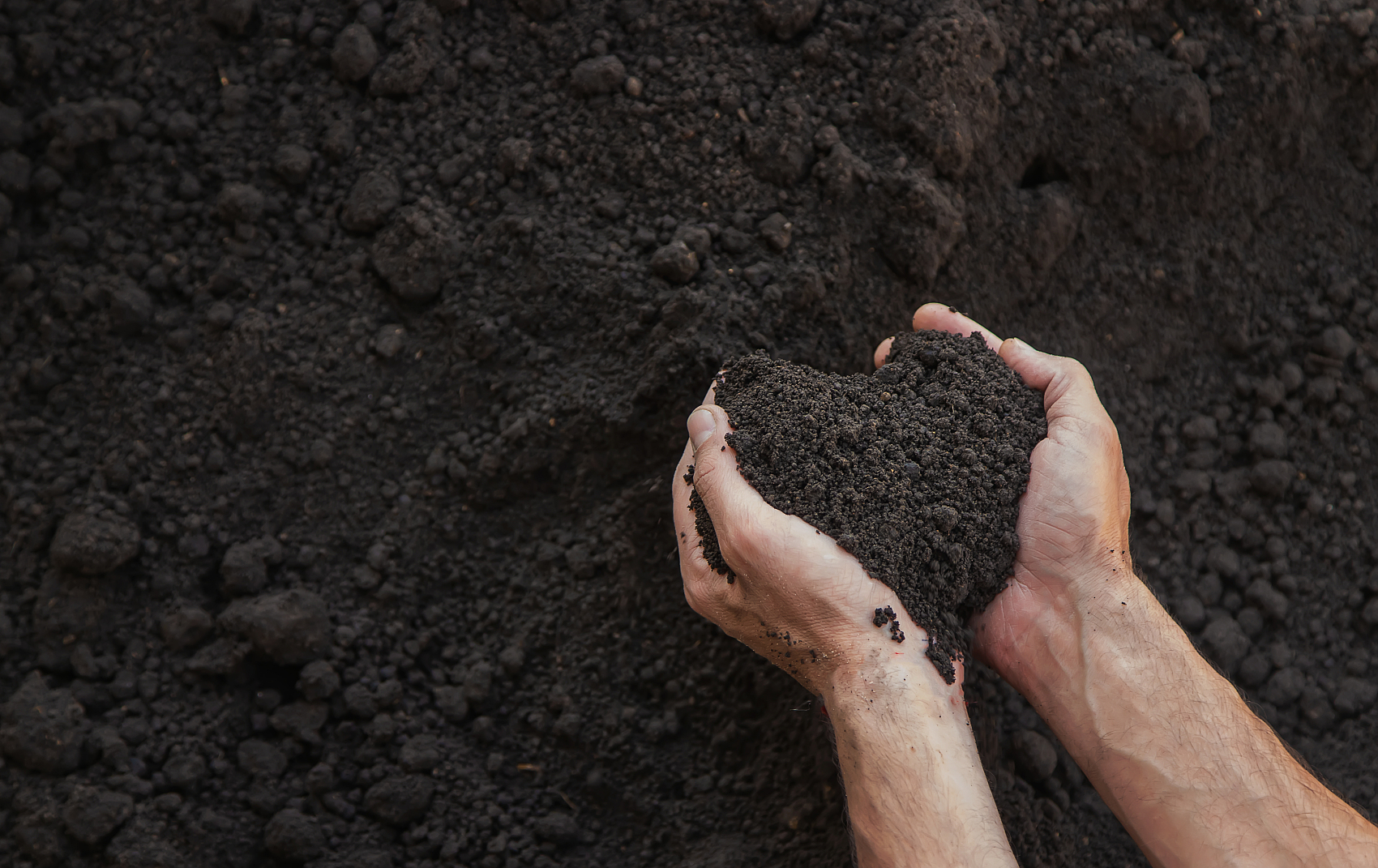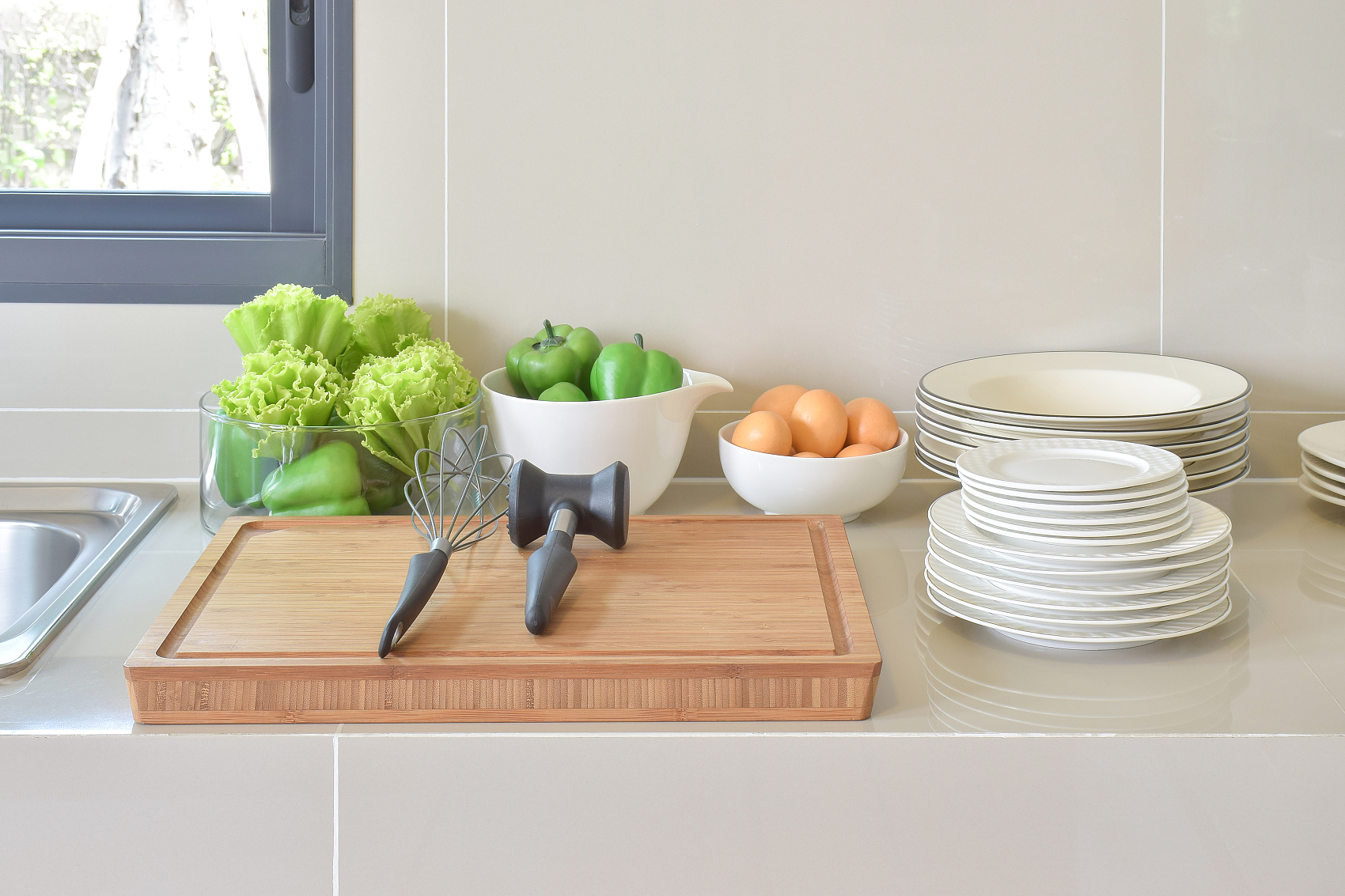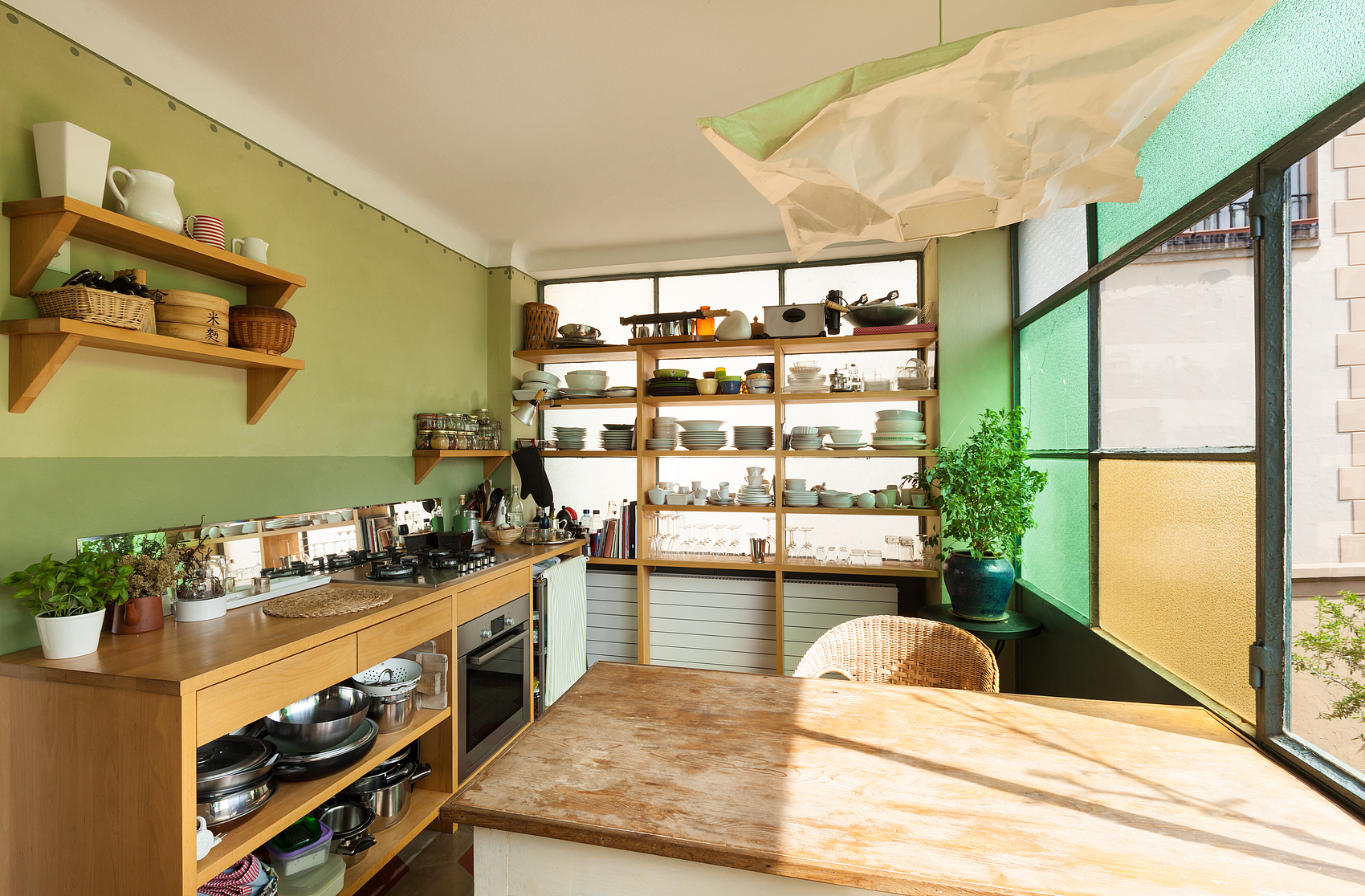Growing potatoes in your garden is a breeze, and it’s a great way to experiment with different varieties. When it comes to harvesting, the timing really depends on where you live and the type of potato you’re growing. In northern regions, potatoes are a warm-season crop, as frost can kill the tops. In contrast, they’re a cool-season crop in the South and West. Here’s everything you need to know about harvesting potatoes for the best results.
Types of Potatoes
Potatoes come in various types, each bred for specific qualities like skin color and cooking method. They fall into three main categories based on when they’re ready for harvest: first early, second early, and main crop.
- First Early Varieties: These are planted from late February to early May and are typically ready in about 10 weeks. They’re great for containers and include types like ‘Arran Pilot’, ‘Foremost’, and ‘Pentland Javelin’.
- Second Early Varieties: Ready for harvest 12-16 weeks after planting, these include ‘Estima’, ‘Marfona’, and ‘Wilja’.
- Main Crop Varieties: Varieties like ‘Cara’, ‘King Edward’, and ‘Pink Fir Apple’ are left in the ground the longest, usually until fall, and harvested all at once for storage.
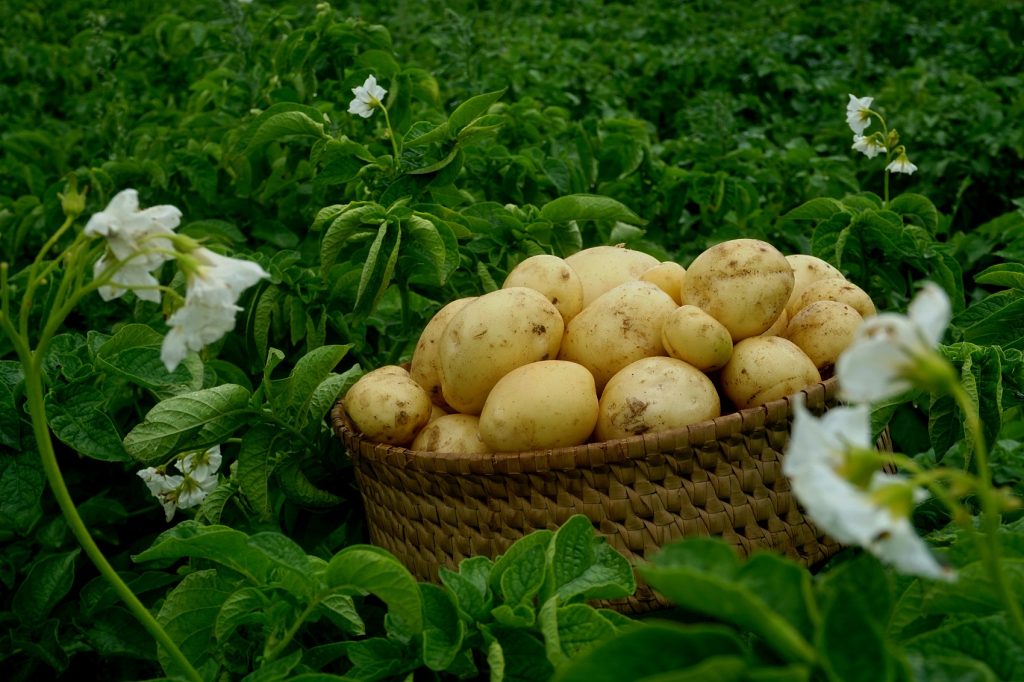
When to Harvest Potatoes
You’ll know it’s time to harvest when the stems and leaves start to flower. If you want some tender “new” potatoes, you can gently dig around the edges of the plant about 8 weeks after planting, taking a few without uprooting the whole thing. These new potatoes are sweet and haven’t converted their sugars to starch yet.
Harvesting Techniques
Different types of potatoes require different harvesting methods:
- Earlies: Use a garden fork to dig under the potatoes while pulling up on the stems.
- Main Crop: Remove the stems about two weeks before harvest to thicken the skins. On a dry day, lift the potatoes with a fork and let them sit in the sun for a day or two to dry out.
Curing and Storing Fresh Potatoes
Avoid exposing potatoes to light for too long, as this can make them green and sprout. Store clean, dry potatoes in burlap or paper sacks in a dark, cool place. If you’ve pierced any during harvest, you can “cure” them by keeping them in a dark, humid spot at 50-60°F for about two weeks. For spring and summer potatoes, you can keep them for 4-5 months if cured properly. For fall potatoes, dry them for 1-2 days before curing in the same conditions for 10-14 days, then store them in a cool, dark place. Don’t pile them too deep, as this can lead to rot.
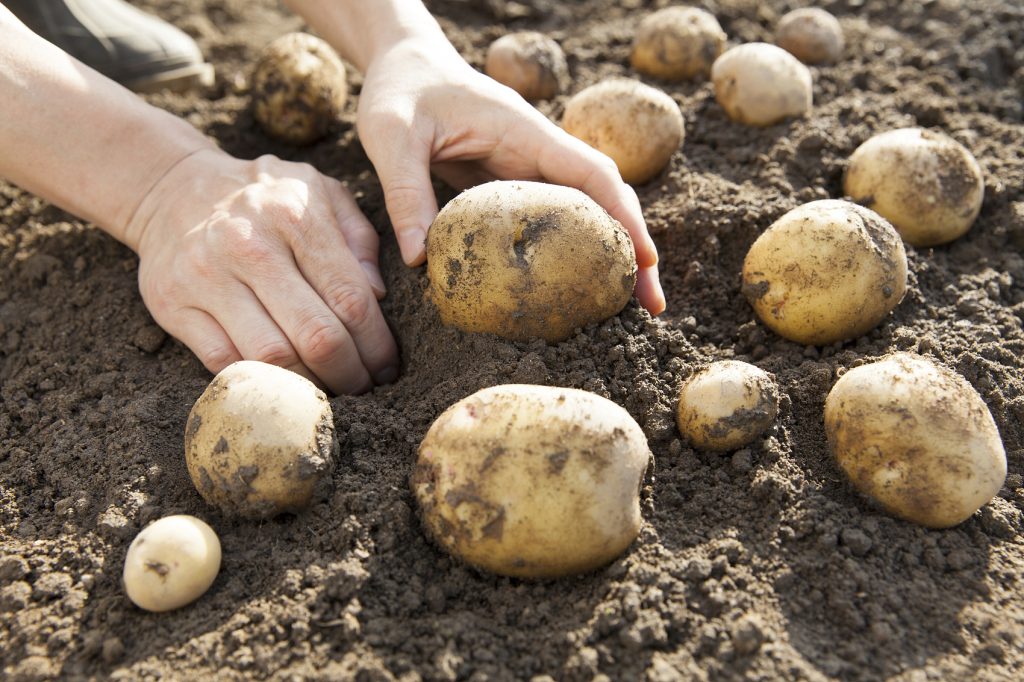
Frequently Asked Questions
Can I use some of my harvested potatoes as seed potatoes?
It’s best to use certified disease-free potatoes from a reputable source. If you select from your harvest, choose well-cured potatoes that look healthy. Discard any that show signs of rot or disease.
How can I increase my potato harvest in a small space?
Try hilling! Start with 6 inches of compost, add your seed potatoes, and cover with another 3-4 inches of compost. As the plants grow, keep adding compost until just the tips are showing. This method helps maximize your yield, even in containers!


